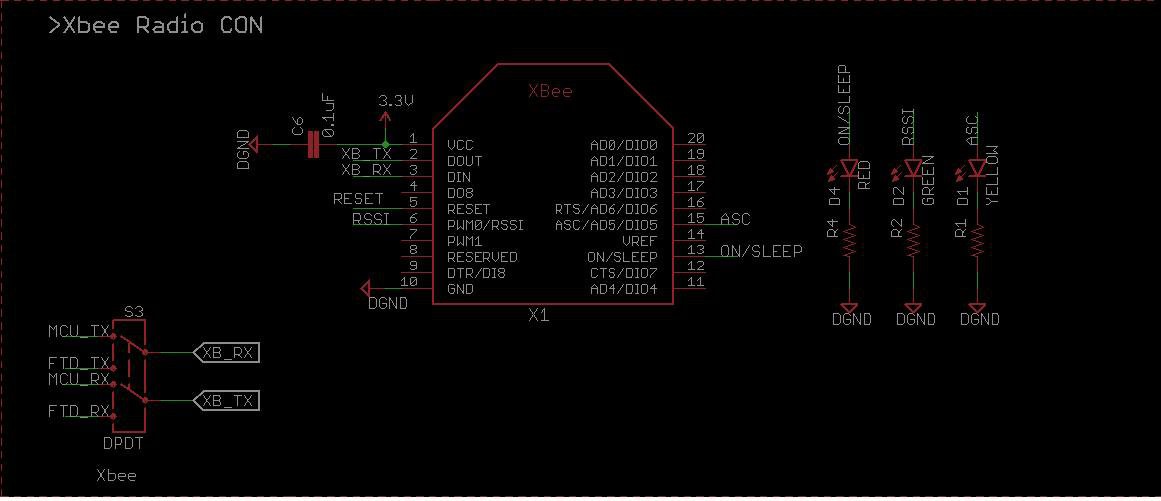Possible Features:
Hardware:
- Processor : Atmega328P
- On-board Wireless Connectivity:
- ESP-01.
- Xbee Radio.
- On-board Sensors :
- Digital.
- Analog.
- GPIO [GPIO 1 & GPIO2] – Ok, I decided to go insane with the pin-out and did following.
- Not Arduino Pin compatible.
- Analog & Digital Pins on both sides of the board.
- Separate SPI pins.
- Separate I2C pins.
- Slide Switches [DPDT] : To help you select accessing W-less modules
- Over MCU for Programming & application.
- Over PC for Configuring.
- USB MINI B :
- Power.
- Programming.
- USB-UART Bridge.
- Power :
- Supply Voltage: +9 to +15V.
- Operating Voltage: +3.3V.
- PCB :
- Layers : 2.
- Below 10cm x 10cm.
- Software:
- MCU with Arduino Bootloader [probably - Uno].
- Arduino IDE 1.6 +
[I need to find the best & efficient way to creat these diagrams, suggest any]
 Amar Potdar
Amar Potdar










 Hulk
Hulk
 Wing Tang Wong
Wing Tang Wong
 Craig Hissett
Craig Hissett
 Michael O'Toole
Michael O'Toole